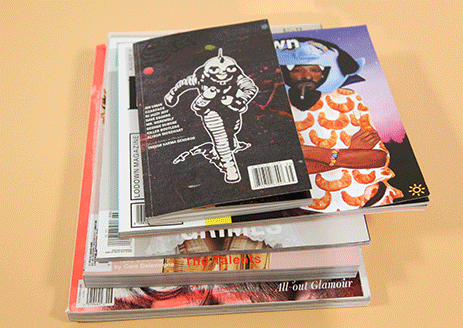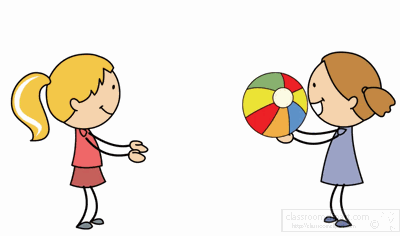Planning 📝
Level: 7th grade Unit: 1
Domain: Socio-Interpersonal and Transactional
Scenario: Here I am Theme: Hello, Hi there, Hey, Bye
Enduring Understanding: What a person thinks, feels, and belongs, to makes her/him unique person.
Essential Question: What makes us unique?

Grammar & Sentence Frame
Simple Present
Subject+verb+ complement
I watch TV in the afternoon.
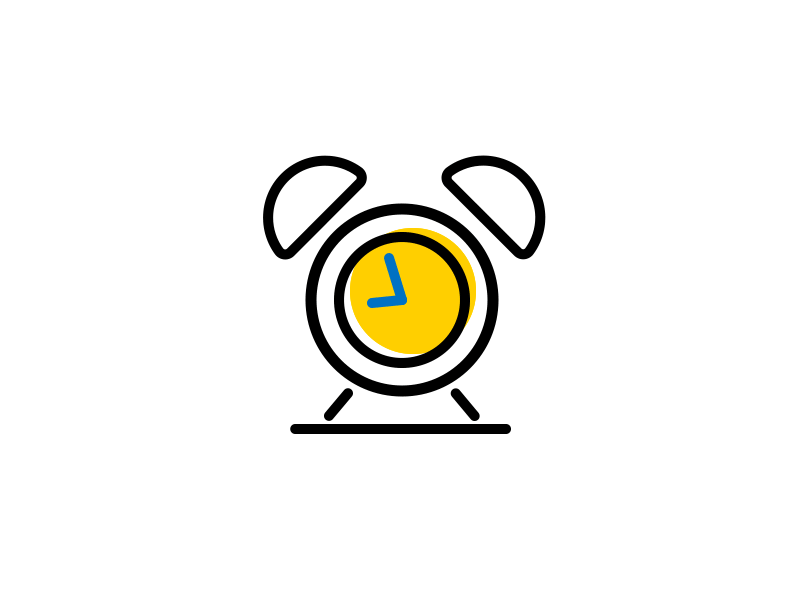
Wh questions
What's your daily routine?
I have breakfast at 6:30 a.m.
I go to high school.

Vocabulary
Hello, Hi there, Hey, Bye, Good morning/afternoon/evening

Phonology
Newly created word when a specific letter is changed, added, or removed in the initial, medial, or final position (e.g., think to thank).

Function
- Identify daily routines
- Telling likes and dislikes about eating habits, routines and food


Discourse Markers
Connecting words (and, but, because) Ex. She likes to watch
television and listens to music a lot. I don’t like chicken but I like
fish.
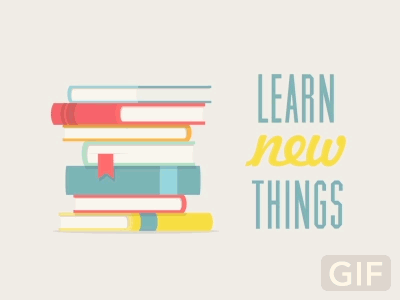
Learn to be and Live in Community
Psycho-social: Use assertive communication skills when interacting with others.
Socio-cultural: Idioms= with bells on, chill out, hang out.
Pre-teaching
Learner can
SP.1. introduce him/herself, for example say his/her name, where s/he comes from and what s/he does (address, telephone, number, nationality, age, family and hobbies).
Assessment Strategies & Evidences (Learning Outcomes)
SP.1. introduces him/herself providing personal information
Pre-task
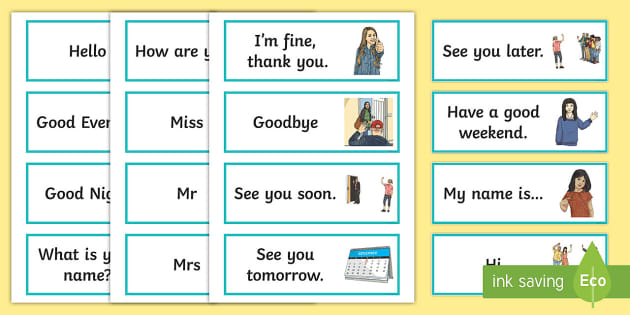
Learner can
L.1. understand basic greetings, farewells, and common expressions of politeness (e.g., hello, goodbye, sorry).
Assessment Strategies & Evidences (Learning Outcomes)
L.1. identifies basic greetings, farewells and common expressions of politeness.
Task

W.2. write straightforward information about him/herself in short sentences or fill out that information in a form (questionnaire, card) with assistance such as using a dictionary or book, checking written sentences to look for mistakes (e.g. subject-verb agreement, capitalization, spelling, basic punctuation).
R.3. recognize some expressions and the main information
(e.g., name, date, time, address, date of birth,) on posters, brochures, signs, and invitations and in simple texts if allowed to use a dictionary.
Assessment Strategies & Evidences (Learning Outcomes)W.2. Writes straightforward information about him/herself in short sentences.
R.3. recognizes some expressions and the main information about text (heard or read) with instructional support.
Post Task/Assessment
Teacher makes groups of 4 students, and let them practice for about 5 minutes, they have to talk about theirselves and make questions about their lifes, they have to produce a conversation using the vocabulary and corresponding structures, then teacher gives recommendations and correct the mistakes.
SI.2. use basic greeting and leave-taking expressions, farewell, and politeness (e.g., hello, goodbye, please and thank you) and basic classroom language.
Assessment Strategies & Evidences (Learning Outcomes)
SI.2. uses basic greeting and leave taking expressions, farewell, and politeness and basic classroom language.

Integrated Mini Project
Students must create a magazine using recycling materials, in
this they must create little advertisements about meeting new
people. Each one is going to have their own space to create
their description and also, they have to add pictures and make
it attractive for the public.

Paper, magazine pictures, color papers, markers, glue, scissors.


